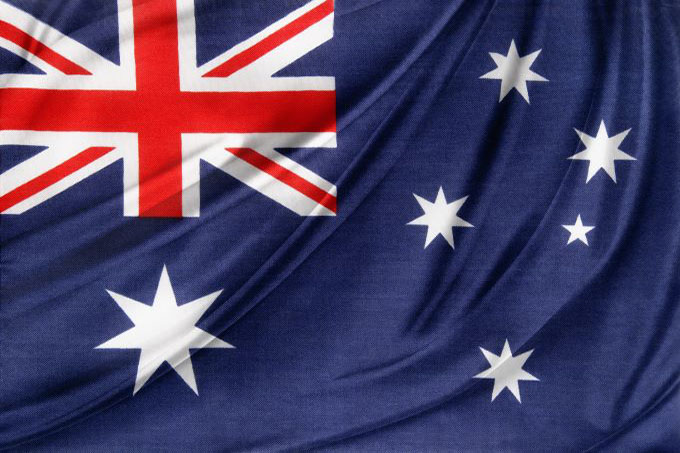 So far this week, the Australian dollar has lost 0.77 percent against the US dollar, contrasting with the previous week's 2.86 percent gains.
So far this week, the Australian dollar has lost 0.77 percent against the US dollar, contrasting with the previous week's 2.86 percent gains.
One of the factors behind the weakness of the Aussie is the late strength of the US dollar, which has gained 0.53 percent against a bundle of its main competitors, recovering from last week's 0.94 percent drop.
This week, markets have learned about a lot of important information concerning the Australian economy. On Monday, the University of Melbourne released the TD Securities Inflation figure, which is considered a good estimator of inflation. In yearly terms, the figure stood at 1.3 percent in August, remaining unchanged from July's figure. Month-to-month it stood at 0.1 percent, after being at 0.9 percent on the previous month.
According to data released by the Reserve Bank of Australia, private sector credit contracted by 0.1 percent in July (month-to-month) after contracting 0.2 percent in June. In yearly terms, private sector credit went up by 2.4 percent, after going up by 2.9 percent on the previous month. The Australian Bureau of Statistics reported the quarterly Company Gross Operating Profits, which was at 15 percent in the second quarter after being at 1.1 percent in the previous quarter, the figure was considerably over the analysts' expectations which expected it to be at 1.2 percent.
The Australian Industry Group published the AiG performance of the MFG Index which was at 49.3 in August, going down from July's 53.5. The Commonwealth Bank of Australia published its manufacturing PMI, which signaled a slower expansion of the manufacturing sector in August, at 53.6, after being at 53.9 in the previous month.
On Tuesday, the Australian Bureau of Statistics reported that building permits climbed by 6.3 percent (year-to-year), after contracting by 15.8 percent in June. In monthly terms building permits climber by 12 percent, after contracting 4.9 percent in June, and considerably over the analysts' expectations who foresaw it to drop by 2 percent. The Current Account Balance for the second quarter registered a surplus of 17.7 Billion, over the analysts' expectations who foresaw it to be at 13 billion.
The Reserve Bank of Australia announced its decision to leave the cash rates unchanged at 0.25 percent, remaining in line with the experts' expectations. The bank also announced its decision to increase the size and duration of its term funding facility, allowing the authorized deposit-taking institutions to access additional funding at a fixed rate for three years. Regarding its bond purchasing program, the bank announced that until now it has acquired around $61 billion in government securities and that it is willing to boost its purchases if necessary. Cash rates will remain low until the economy is back to the path towards full employment.
The bank expects the unemployment rate to be at 10 percent at the end of this year, and to decrease to 7 percent by 2022. The inflation level is projected to be between 1 and 1.5 percent by 2022.
Yesterday markets learned that the country's Gross Domestic Product contracted by 6.3 percent in the second quarter (year-to-year), contrasting with the 1.4 percent climb in the previous quarter. The economy contracted more than expected, as analysts foresaw it to go down by 5.3 percent. In monthly terms, the GDP dropped 7 percent in the second quarter, after decreasing by 0.3 percent in the first quarter and also below the analysts' expectations, who foresaw a 6 percent drop.
The Australian Industry Group together with the Housing Industry Association released August's AiG Performance of Construction Index which stood at 37.9 after being at 42.7 in the previous month. August's Commonwealth Bank Composite PMI, released by Markit economics, was at 49.4 signaling a contraction in the business sector, though at a slower pace if we take the previous month's figure into account. The services sector also contracted at a slower pace, as the Commonwealth Bank Services PMI for August stood at 49, after being at 48.1 during the previous month.
Today, markets learned that the trade balance published also by the Australian Bureau of Statistics dropped to 4607 million in July after being at 8149 Million in June. Imports climbed by 7 percent in June, after advancing 1 percent in the previous month, while exports contracted by 4 percent, after advancing 3 percent in June.
